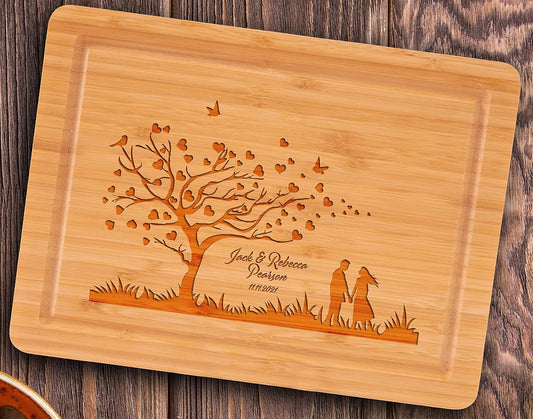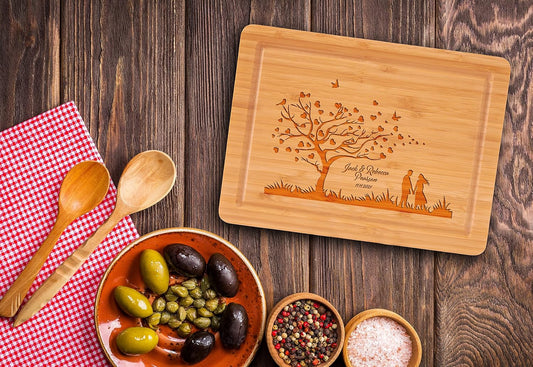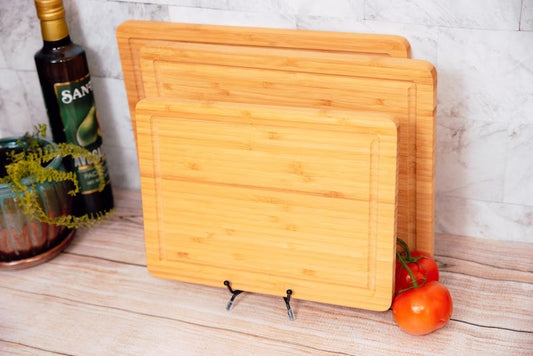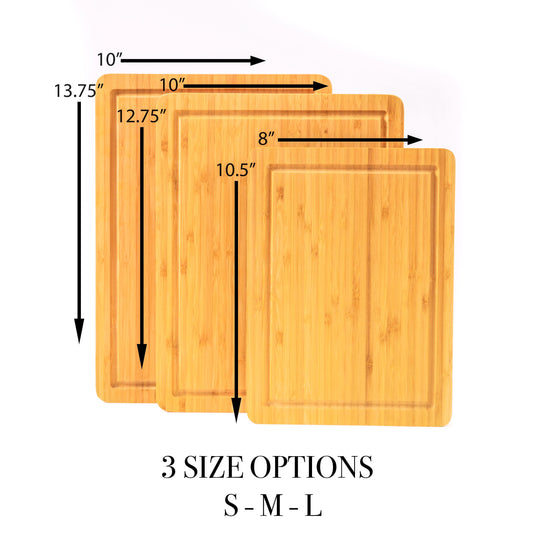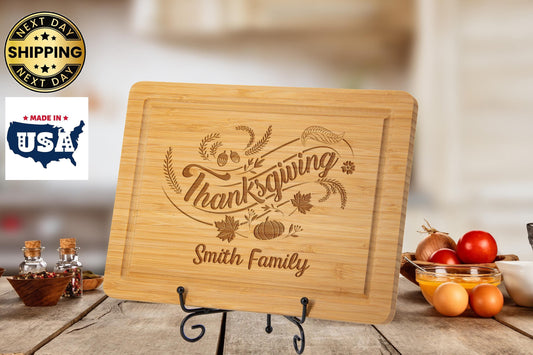The Role of Cutting Boards in Kitchen Hygiene
Share
The Role of Cutting Boards in Kitchen Hygiene
Maintaining kitchen hygiene is crucial for food safety and preventing contamination. Among various kitchen tools, the cutting board plays a vital role in ensuring a clean and safe cooking environment. This blog explores how cutting boards contribute to kitchen hygiene and offers tips on maintaining them to ensure optimal cleanliness.
1. Importance of Using Cutting Boards
A cutting board provides a dedicated surface for chopping, slicing, and dicing ingredients. Using a cutting board helps prevent direct contact between raw foods and countertops, which can harbor bacteria and other contaminants. By keeping raw meats, vegetables, and fruits on separate cutting boards, you reduce the risk of cross-contamination and maintain a hygienic kitchen environment.
2. Choosing the Right Cutting Board Material
Different materials used for cutting boards have varying levels of hygiene benefits:
- Plastic Cutting Boards: These are non-porous and can be easily cleaned and sanitized in a dishwasher. They are ideal for tasks involving raw meats, as they are less likely to harbor bacteria compared to wooden boards.
- Wooden Cutting Boards: Though porous, wooden cutting boards can be naturally antimicrobial, particularly if made from hardwoods like maple or oak. Properly maintained and regularly oiled, these boards can remain hygienic.
- Bamboo Cutting Boards: Bamboo is a more sustainable option with natural antimicrobial properties. Bamboo cutting boards are less porous than wood and can be cleaned easily, making them a good choice for maintaining kitchen hygiene.
3. Proper Cleaning and Sanitizing
To ensure your cutting board remains hygienic, follow these cleaning and sanitizing practices:
- Immediate Cleaning: Wash cutting boards immediately after use, especially when handling raw meat or poultry. Use hot, soapy water and a scrub brush to remove food particles and bacteria.
- Sanitization: After washing, sanitize the cutting board using a solution of one tablespoon of bleach per gallon of water or a commercial sanitizer. Allow it to air dry completely.
- Avoid Cross-Contamination: Use separate cutting boards for raw meats and ready-to-eat foods like fruits and vegetables. Color-coded cutting boards can help differentiate between different uses and prevent cross-contamination.
4. Regular Maintenance and Replacement
Regular maintenance of your cutting boards is essential for hygiene:
- Inspect for Damage: Check your cutting boards for deep grooves, cracks, or signs of wear. Damaged boards can harbor bacteria and should be replaced.
- Resurface Wooden Boards: For wooden cutting boards, periodically resurface them with sandpaper to remove deep cuts and grooves that can trap bacteria. Apply food-safe mineral oil to keep the board in good condition.
- Replace Old Boards: Replace cutting boards that have become excessively worn or stained. A fresh cutting board ensures better hygiene and reduces the risk of contamination.
5. Using Cutting Boards to Enhance Kitchen Hygiene
Incorporate these best practices to use cutting boards effectively for better kitchen hygiene:
- Use Cutting Board Mats: Place cutting board mats under your cutting boards to keep them stable and prevent slipping. Mats can also help catch any food particles or juices that may otherwise contaminate your countertops.
- Avoid Washing Boards in Sinks: Instead of washing cutting boards in sinks, which can be contaminated, wash them directly under running water or in the dishwasher.
- Store Boards Properly: Store cutting boards in a clean, dry place to prevent the growth of mold and bacteria. Ensure they are completely dry before storage.
Final Thoughts: Prioritizing Hygiene with Cutting Boards
Maintaining proper hygiene with your cutting boards is essential for a safe and clean kitchen. By choosing the right materials, following cleaning and sanitizing practices, and regularly maintaining your boards, you can prevent contamination and ensure a healthier cooking environment. Incorporating these hygiene practices will help you keep your kitchen safe and enjoyable for all your culinary adventures.


